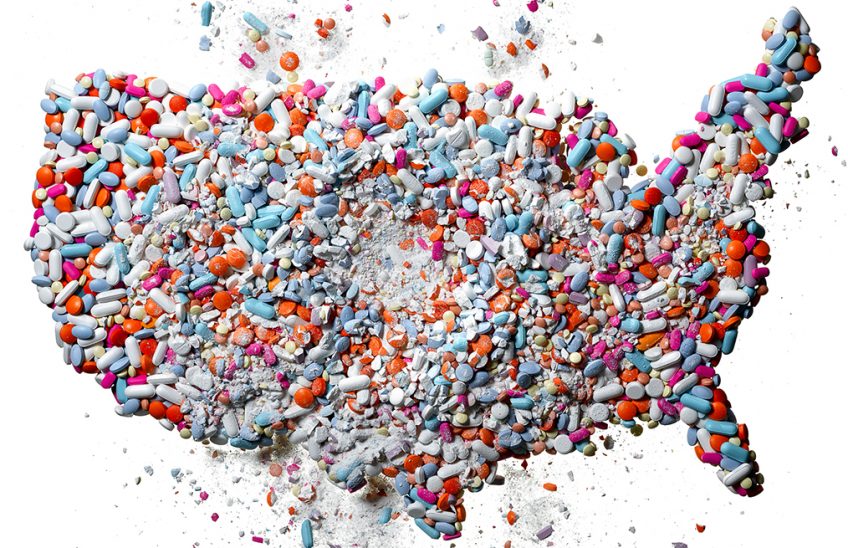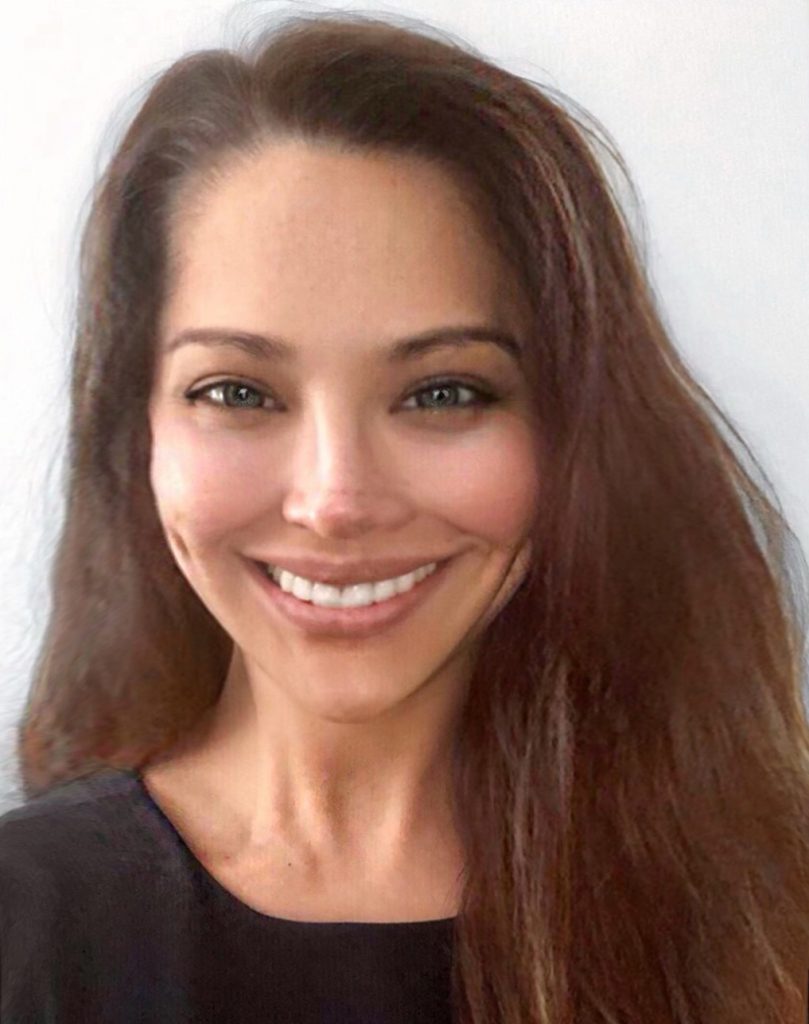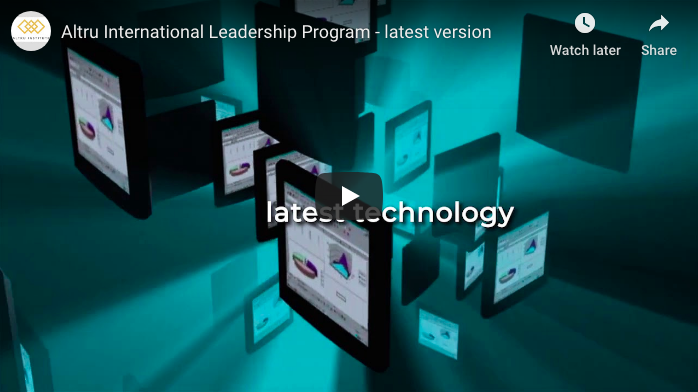Opioid Addiction: An Integrated Treatment Approach
An estimated 130 people will die from an opioid overdose each day in the U.S. Despite increased awareness, the epidemic remains severely underfunded and the crisis has seen little, if any, progress. The opioid crisis has also resulted in a substantial cost burden to society—in 2013, health care costs, criminal justice expenses, and productivity losses attributable to opioid misuse were estimated to total $78.5 billion; this cost is expected to increase further in the coming years. Without alterations to the current system, the annual number of opioid overdose deaths is projected to increase from 33,000 in 2015 to 82,000 in 2025 (a 147% increase from 2015)2.
The origins of the problem are numerous and varied. They include:
- Disproportionately high levels of reliance on solely the abstinence-based 12-Step AA model
- Inpatient treatment centers profit off of relapses
- Poor access to effective medication, remote locations
- Severe limitation of certified addiction specialists and scheduling constraints.
- Little accountability or standardization in treatment despite a solid evidence base of effective treatment options
- Stigmatization: Addiction is still seen as amoral failure rather than as a disease.
- Untreated Trauma: The addictive process is often the result of untreated trauma and leads to further trauma. This is commonly left unaddressed by treatment centers and leads to ongoing relapses and further deterioation of mental and physical health.
Recovery continues to be approached with a single-course treatment protocol. When recovering addicts relapse, which they do nearly 80% of the time, they find that they themselves are blamed, rather than the sub-adequate treatment options they have been provided.
Despite support by all major health institutions (CDC, WHO, NIDA) effective medication assisted treatment (Buprenorphine/Saboxone, Methadone, and Naltrexone/Vivitrol) remains stigmatized by even much of the medical community – let alone the community at large. People that have been successfully started on medication treatment for opioid use disorder have shown a 50% retention rate, yet fewer than 10% of people who need treatment actually get it.

A Better Approach
Harvard Psychiatrist and Addiction Medicine physician, Samata R. Sharma, M.D. has worked in the field for over 10 years, and is developing innovative clinical strategies to address these gaps in treatment. Sharma and her colleagues at the Brigham and Woman’s Hospital in Boston created a more integrated harm reduction “whole person” approach, with great results.
Increasingly recognized as a chronic, relapsing disease, addiction co-presents with numerous medical and psychosocial challenges. For example, mood disorders, such as depression and post-traumatic stress disorder, co-occur over 70% of the time, but are often left untreated. Sharma and her colleagues combine medical care, physical care, emotional care, and social care to provide transformative recovery.
Their approach brings together a nexus of caregivers: addiction medicine physicians, infectious disease specialists, psychiatrists, therapists, social workers, resource coordinators and recovery coaches form a multidisciplinary team to treat a patient under one roof, from all angles. And, it delivers results: over 70% of patients have been retained in treatment for over one year.

“The program is a resilience-focused, growth-based behavioral change model that treats a whole person: physiologically, psychologically, and spiritually. People need People. People Need Purpose.”
In Sharma’s view treatment should move beyond addiction recovery and empower cognitive and emotional growth. It’s about flourishing, not just curing. She has applied her experience in the field to design an outpatient telemedicine treatment protocol that combines best practices in medicine with cutting edge technology to deliver treatment that is private, personalized and powerful. With telemedicine, her treatment is ultimately unfettered from the brick and mortar limitations of traditional clinics and is focused on treating a person not in a clinic, but in the real world setting, where one’s life is actually lived.
Dr. Sharma’s empowering treatment approach focuses on not just treating addictions but extricating its root cause. Her framework optimizes a patient’s social determinants of health and revives their sense of connection and purpose.

Her outpatient protocol also includes personalized nutrition plans, access to cutting edge technologies and pharmacotherapeutics, consultations on neuromodulation, ketamine and cannabinoid trials, and bespoke event planning to create a supportive community centered not just on recovery but also on whole person evolution.
Dr. Sharma will be presenting findings and strategies to scale these concepts in Davos at the Altru Summit.
- Chen Q, Larochelle MR, Weaver DT, et al. Prevention of Prescription Opioid Misuse and Projected Overdose Deaths in the United States. JAMA Netw Open. 2019;2(2):e187621. Published 2019 Feb 1. doi:10.1001/jamanetworkopen.2018.7621
- Florence CS, Zhou C, Luo F, Xu L. The Economic Burden of Prescription Opioid Overdose, Abuse, and Dependence in the United States, 2013. Med Care. 2016 Oct; 54(10):901-6.
Related Posts

